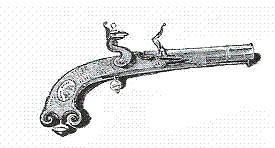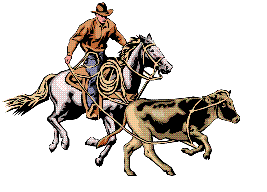Sedalia--in a county named for a duelist
Sedalia is the county seat of Pettis County, named in 1833 to honor Missouri’s sole Representative to Congress in the late 1820s. Spencer Pettis was a hero for reasons hard to grasp today. In 1831 he wrangled in the newspapers with Major Thomas Biddle. The feud began with a legitimate difference of opinion on President Jackson’s banking politics, then took some peculiar turns. Biddle called the Virginia-born aristocrat “a dish of skimmed milk.” Pettis questioned the Major’s masculinity—in print. Major Biddle busted into Pettis’s hotel room and horsewhipped him nearly to death. At his trial Biddle promised to answer any satisfaction Pettis wanted. Pettis began to take shooting lessons.
On a hot August morning, a thousand people watched them row to Bloody Island in the Mississippi River at St. Louis. According to legend, Biddle brandished the same Flintlock pistol Aaron Burr used to kill Alexander Hamilton. Because Pettis had done the “calling out,” the nearsighted Biddle could demand fire at just five feet—a distance so short the gun barrels overlapped. People on shore heard just one shot when the pair slew each other. The next day, Judge Peck urged Spencer, “Mr. Pettis, you have proved yourself to be a great man; now die like a man.”
Pettis replied, “Yes, Sir.” And died, still a bachelor at age 29. The 41 year old Biddle lived only a little longer. Both were greatly admired for choosing death over dishonor. Duels were not outlawed until after the Civil War when at last man’s appetite for blood had been temporarily sated.









